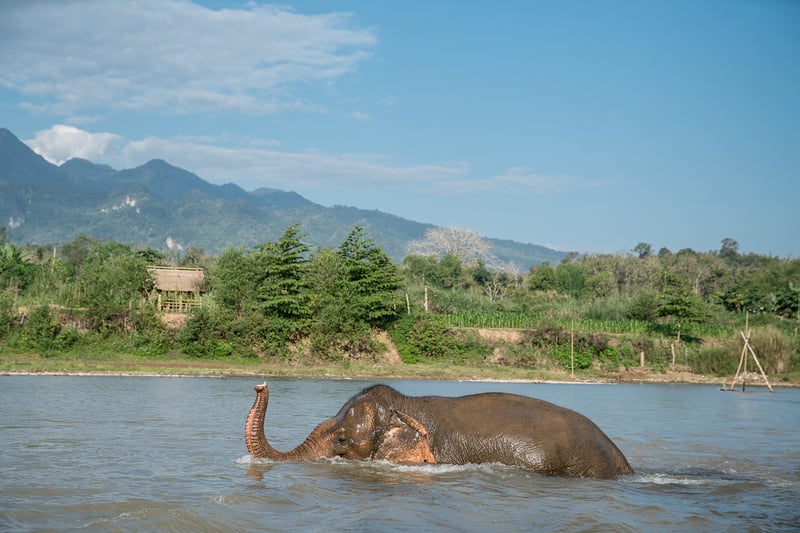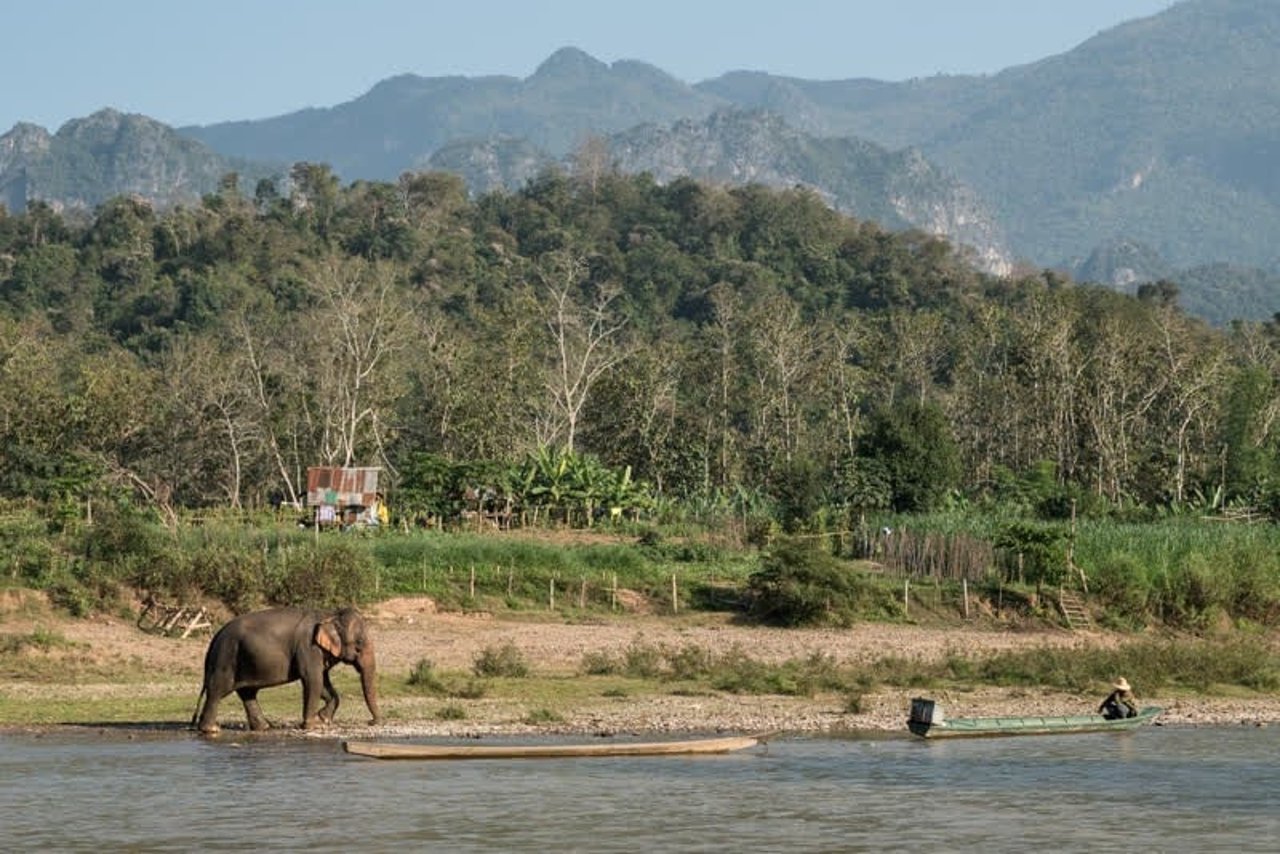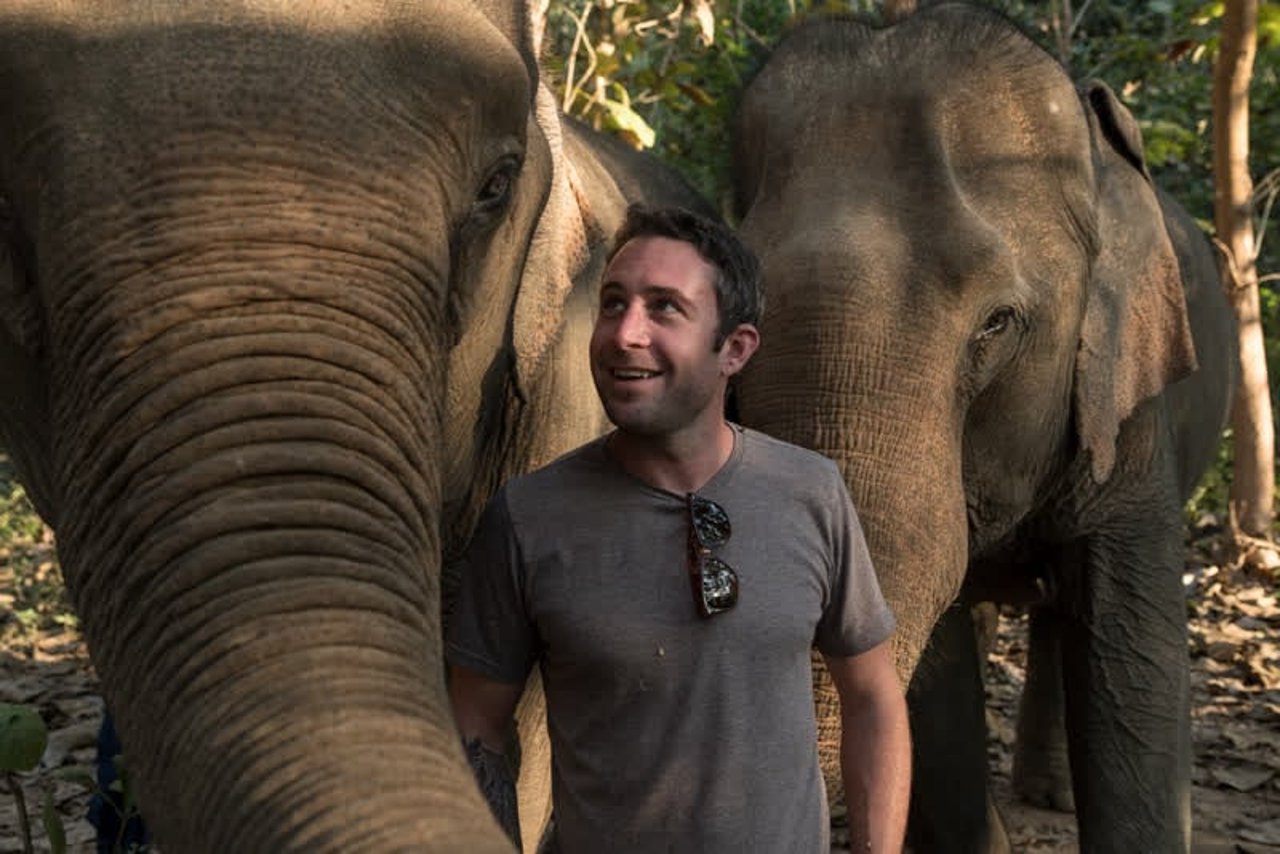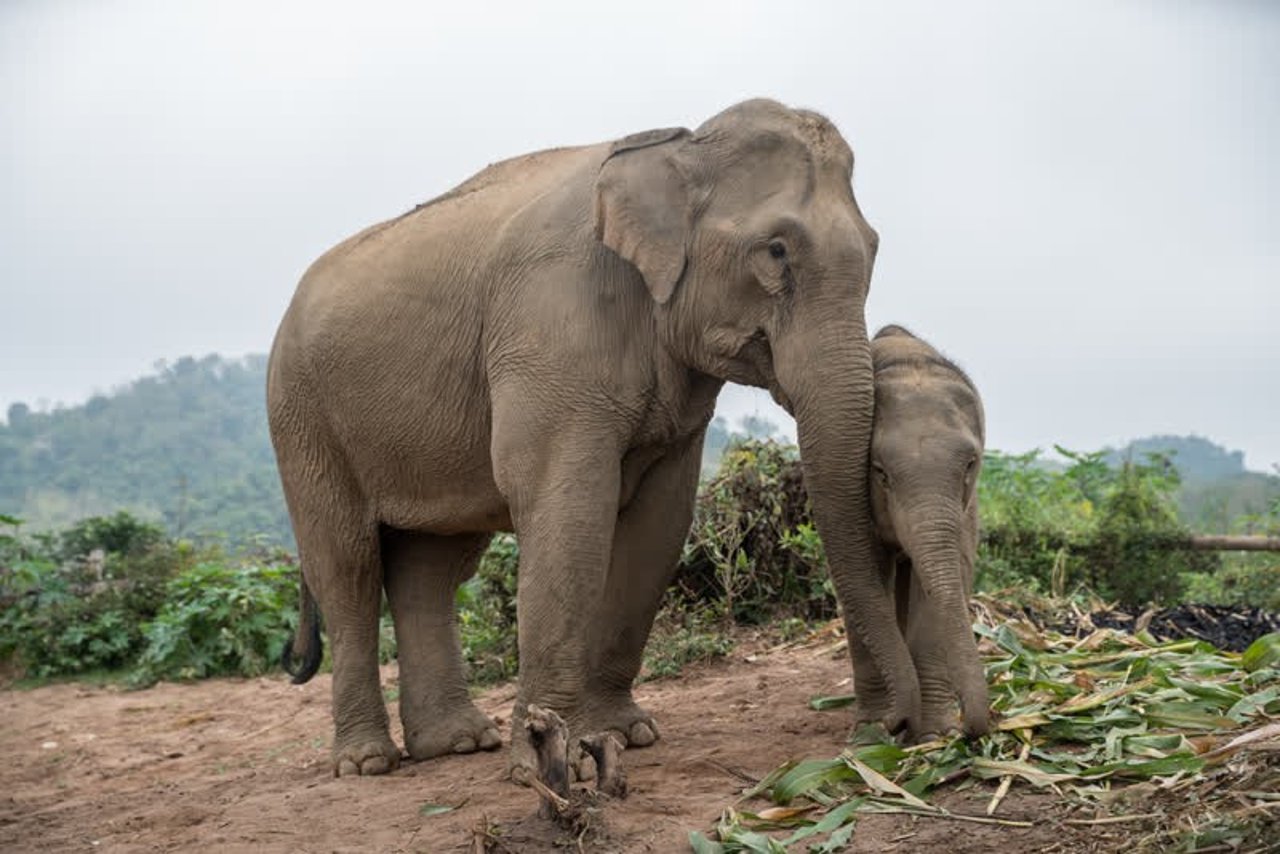
MandaLao Elephant Conservation: a paradise for rescued elephants
News
In the lush green hills outside of Luang Prabang in northern Laos, sits the first elephant sanctuary in the country, MandaLao Elephant Conservation
About a 30 minutes drive from the centre of Luang Prabang in northern Laos, sits MandaLao Elephant Conservation.
Despite being so close to a city, the sanctuary is surprisingly remote and rural. Spanning around 500 acres of lush green forest, trees, and hills, the area is ideal for MandaLao’s nine elephants to roam free.
Established in September 2016, MandaLao's mission is to demonstrate the highest level of care possible to captive elephants and influence the growth of ethical elephant tourism. Photo courtesy of Nick Axelrod
To reach the sanctuary, you must drive through a few small villages where many of the local residents are involved with MandaLao in one way or another, whether it be farmers who grow crops for the elephants to eat or laborers who are helping to build the new enclosures.
Soon after, you reach the sanctuary, where there is a beautifully built house and welcome area. Here, visitors can delight in the stunning view of the Nam Khan river and the forested sanctuary area across the water.
Life for an elephant at MandaLao
It’s a genuine paradise for the elephants, here, with the guidance of their mahouts, they can roam freely in their natural groups, play and swim in the river, and eat as much as they want.
The elephants may not be able to roam the wild again but they are given every opportunity to perform their natural behaviors as elephants should.
We spoke to the sanctuary's owner, Michael Vogler, to learn more about the daily lives of elephants at MandaLao.
"We started taking them on morning walks and we’d go up a small stream nearby, through the jungle, so it’s always nice and cool, they’re in water, it’s good for their feet, there’s food for them to eat – so it’s almost like a form of physical therapy for them. It’s kind of just a perfect environment and after that we kind of figured out we could bring in humans to join in on the elephants’ daily routine, primarily just observational – walking with them through the jungle, feeding them a few bananas from time to time."
In early 2018 World Animal Protection funded the building of a daytime socialization area, and night time enclosure. Pictured: Michael Vogler (co-owner) with Mae Kham (left) and Mae Tu (right). Photo courtesy of Nick Axelrod.
While the elephants will still interact with tourists who come in small groups to observe them, Vogler ensures that he gives the elephants "the rest and peace they deserve and allow a limited number of guests to come out in an ethical and careful way to interact with them."
Freed from chains
We are also funding a daytime socialization area and night-time enclosure for Mandalao's elephants, so they can be free to interact without being constrained by the chains that they have been tied to for most of their lives.
At night, the elephants are also free to socialize, walk around and relax, completely unchained.
Just this small change, made a huge difference in the lives of these animals. "I'd never seen the mahouts or the elephants so happy and relaxed - ears flapping, tails swinging, just walking around and socializing," says Vogler.
In early 2018 World Animal Protection funded the building of a daytime socialisation area, and night time enclosure. Pictured: Tong Khun (number 1) and baby Kit. Photo courtesy of Nick Axelrod.
The majority of the land is comprised of dense trees and vegetation, containing crops that cater to the needs of elephants. We look forward to seeing how the sanctuary continues to grow, and how Vogler's plans to branch out and help the remaining elephants that reside in Laos come to fruition.
We are funding a daytime socialization area and night-time enclosure for Mandalao's elephants, so that they are free to interact without being constrained by the chains that they have been tied to for most of their lives.


